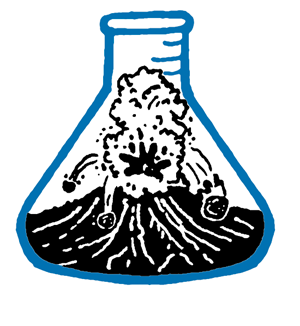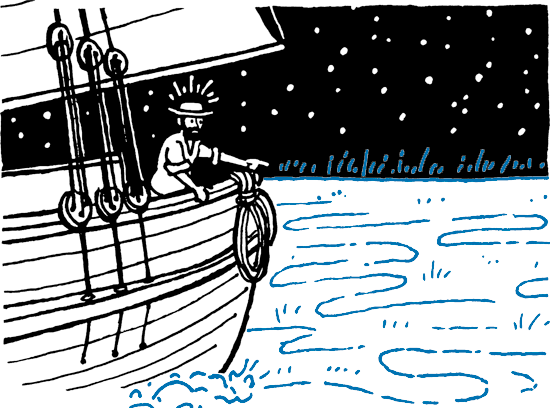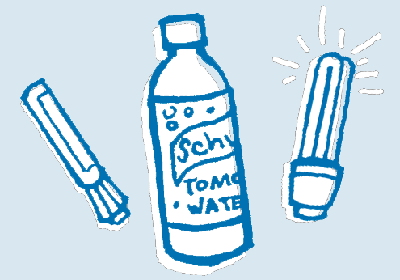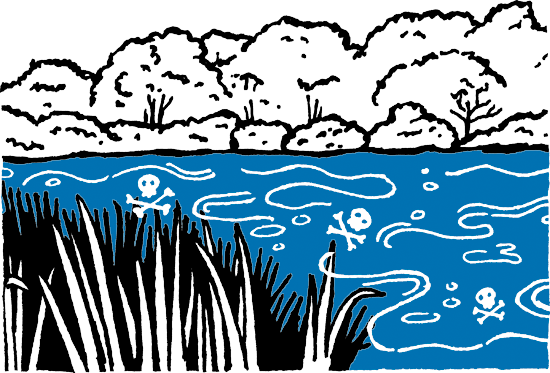Want to know how to survive the ravaging winds of a hurricane? Or how to survive a super tsunami? Would you like to be able to dodge pyroclastic bombs? Or hitch a ride on a lahar? If the answer to these questions is yes, then youve come to the right place because in your hand is your guide to surviving anything, anywhere, at anytime. You will not only learn how to combat the highest mountains and the deepest oceans, you will explore the freezing poles and sweltering deserts, and everything else in between. Whats more, this is not just a survival manualits an insider guide to the science and mechanics of planet Earth. This is your guide to surviving anything from the four corners of the Earth. This is your guide to surviving anything Earth can throw at you! So, kit up, engage your brain and prepare yourself for the ride of a lifetime.
Natural Catastrophes
Milky Seas
Milky seas are not really life-threatening, but they are a really cool and very rare natural phenomena that any intrepid explorer would be bursting to experience. Milky seas have long been recorded and described in maritime or oceangoing folklore. In the 18th century, these weird phenomena were written about in the Jules Verne classic novel, 20,000 Leagues Under the Sea , but until recently there was no real scientific proof to back up the crazy claims of seafarers.
Many sailors would describe what they were experiencing as though they were sailing upon a field of snow or gliding over a giant sea of milk, all of which was experienced in absolute darkness with not so much as the light of the moon.
The glowing waters appear to extend right out to the horizon in all directions and can last from several hours to several days.
More recently, it has been possible to gather clearer scientific evidence about milky seas. On the night of January 25, 1995, a British merchant vessel, the S.S. Lima , was sailing through the northwestern Indian Ocean off the coast of the African nation of Somalia, when it sailed into a milky sea. The ships captain wanted the event recorded and so contacted the Naval Research Laboratory (or NRL for short). It was able to track the milky sea from space using a special satellite that can detect extremely low levels of visible light.

The satellite detected images of an enormous area of glowing water spanning over 6,000 mi2, or approximately 15,000 km2 (thats the same surface area as the entire State of Connecticut in the United States). The glowing continued for three whole nights. The cause of these strange nighttime events is still being discussed, but scientists believe they are linked to strong bioluminescence (which is science-speak for natural biological light). The light is thought to be produced by huge colonies of bacteria in surface waters. In other words, this is the oceans own version of billions upon billions of tiny fireflies grouping and glowing together. Those guys are a real bunch of bright sparks!
If You Are Planning an Expedition To Discover a Milky Sea, You Will Need the Following:
A seaworthy oceangoing vessel, aka, a boat
A reliable and experienced crew (easily recruited with a palm of silver)
Sufficient food and fuel for a long expedition
An awful lot of luck! (Remember, these events are extremely rare and only the most daring and fortunate explorers have encountered them.)
Young Scientist Activity How to Make Water Glow
This experiment will allow you to make glowing water.
Equipment Needed:
| A bottle of tonic water |
| A fluorescent highlighter |
| A very dark room |
| An ultraviolet black light (which can be picked up cheaply at most stores) |
Instructions:
Take a fluorescent highlighter pen. Be careful to break it open and remove the felt tip inside. Now soak the felt in a glass of water for several minutes.
Take the glass of water and UV black light into a very dark room.
Turn on the UV black light near your water and get ready, set, glow!
Science Factoid
The fluorescent highlighter and the tonic water both contain phosphors, which are special substances that give out light and have the ability to make ultraviolet light that is usually invisible to the human eye, visible. The UV black light and the phosphors combine to make the water glow. Tonic water also works because the UV light reacts with phosphors in a chemical within the tonic water called quinine.

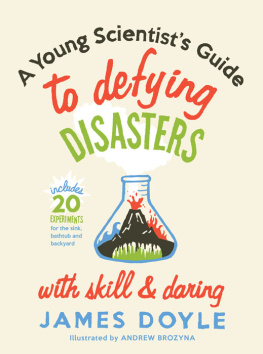




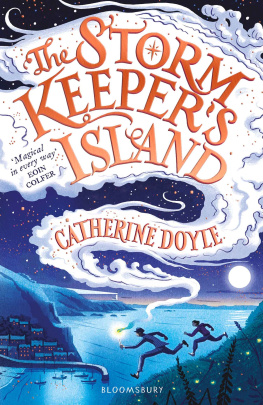
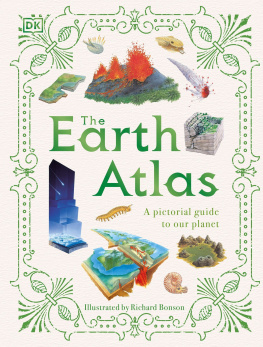
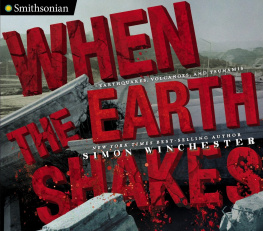

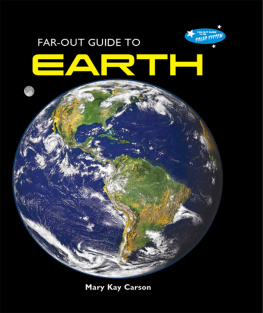


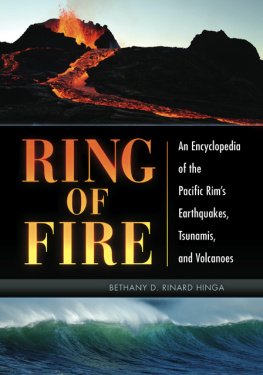


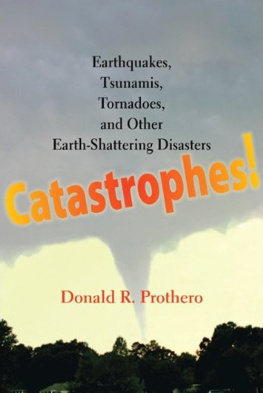
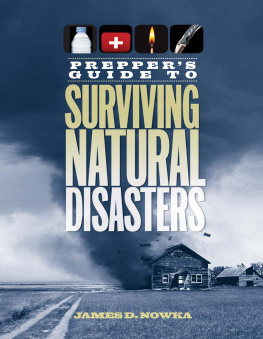

 right where you are. You now only have a few seconds to make your decision. You must decide here and now which direction your life is going to take you from here on. If you are squeamish in any way or a complete scaredy pants, then its best if you put this book right back where you found it and walk away while you still can. Your nerves will not be able to hold out to the heart-pounding exploits within this book. On the other hand, if you have a thirst for adventure and dodging danger, and youre not easily scared, then welcome. You are now in. You are now part of a very elite and specialized group. A group of explorers who, by the end of this book, will have the skills and know-how to master even the most dangerous situations on Earth.
right where you are. You now only have a few seconds to make your decision. You must decide here and now which direction your life is going to take you from here on. If you are squeamish in any way or a complete scaredy pants, then its best if you put this book right back where you found it and walk away while you still can. Your nerves will not be able to hold out to the heart-pounding exploits within this book. On the other hand, if you have a thirst for adventure and dodging danger, and youre not easily scared, then welcome. You are now in. You are now part of a very elite and specialized group. A group of explorers who, by the end of this book, will have the skills and know-how to master even the most dangerous situations on Earth.